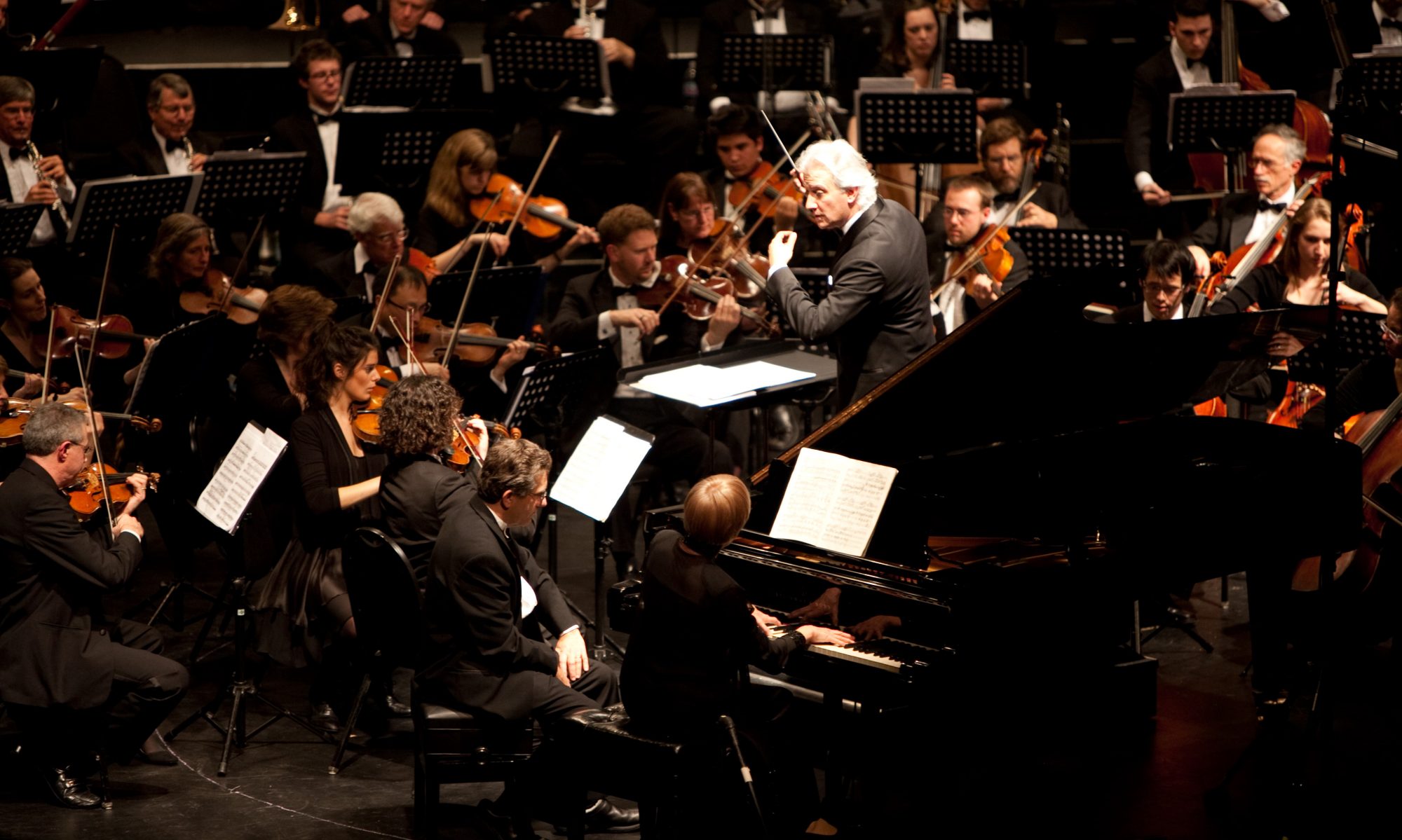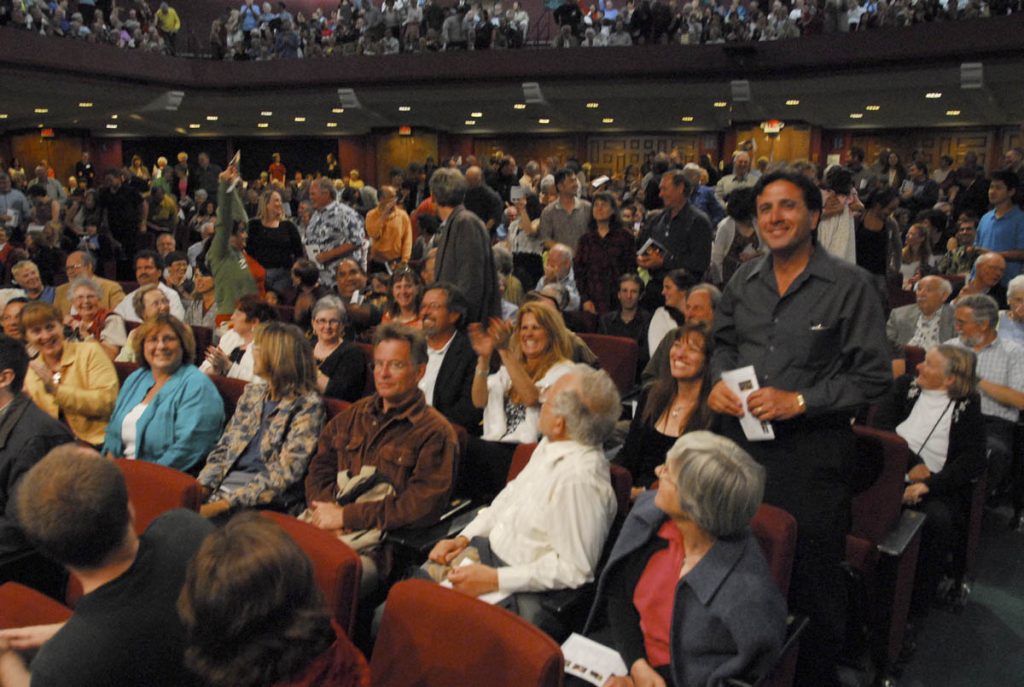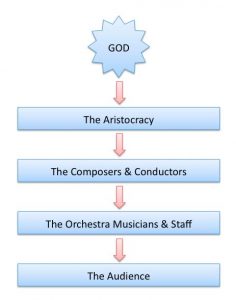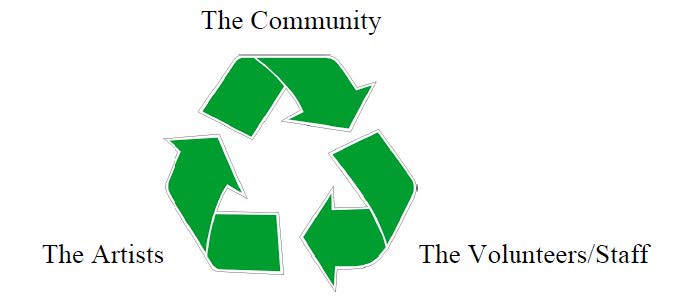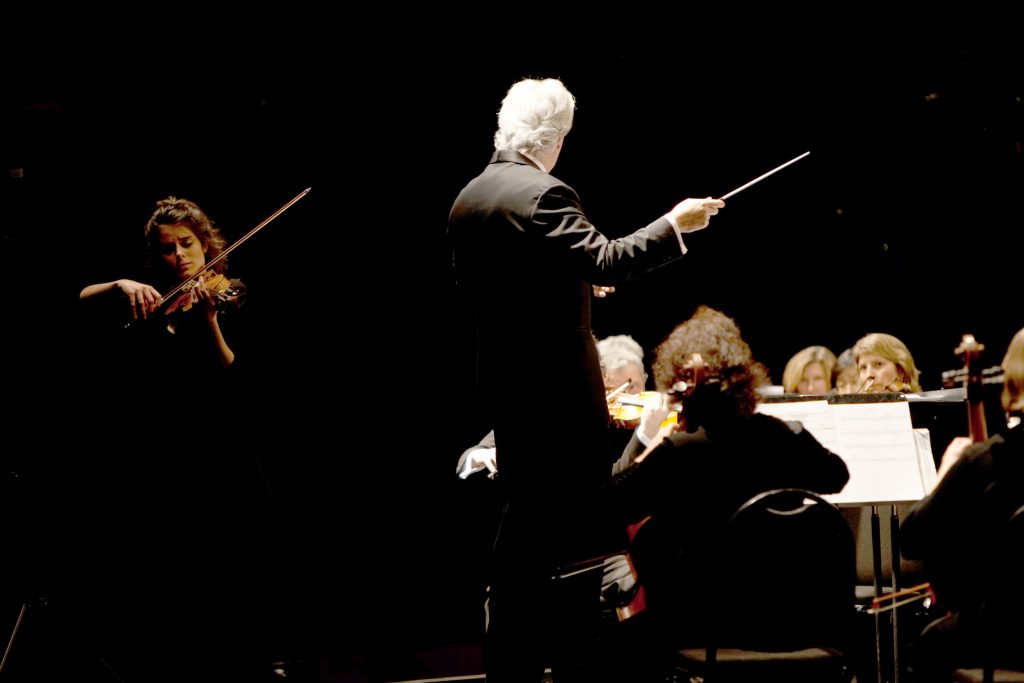Each orchestral organization has its particular culture that shapes the thinking and decision making of the parties that do the actual work of the organization. The challenges listed below are perhaps the most universal ones that arise from the basic structures of not-for-profit charities working in a resource limited context.
Dunning-Kruger Effect
In well-managed professional orchestras that employ conservatory trained instrumentalists and seasoned, full-time orchestra staff, there are objective performance measures in place that ensure a high quality product, excellent hiring practices, and efficient business operations. Mediocre performance is not tolerated and processes for improving performance are often in use.
“People of low ability suffer from illusory superiority, mistakenly assessing their cognitive ability as greater than it is. The cognitive bias of illusory superiority derives from the metacognitive inability of low-ability persons to recognize their own ineptitude. Without the self-awareness of metacognition, low-ability people cannot objectively evaluate their actual competence or incompetence.” – Wikipedia on the Dunning-Kruger Effect
Smaller orchestras with fewer resources and volunteer management and performers often suffer the Dunning-Kruger Effect among the artists, staff and board. Because of the blindspot caused by the people’s inability to notice their own incompetence, mission critical mistakes are made repeatedly, incompetent players and conductors are not removed from the ensemble, and board members make strategically bad decisions that effect the future of the organization – e.g. hiring a conductor based on their ability to ingratiate themselves with members of the board of directors.
SOLUTION
The solution to this problem of illusory superiority and the missteps that follow is to work with the orchestra, staff and board to establish a mutually agreed upon set of specific, objective performance standards for each business function and section of the orchestra. All players are auditioned using the same objective standard, adjudicated by a committee of people from their instrumental discipline (woodwind, brass, percussion, strings) with oversight from the Music Director, and then recommended for admission or not, the MD having the final say. The same process applies for performance management with the staff and volunteers with the Executive Director having the final say.
When an applicant fails to meet the minimally acceptable standards, they are asked to improve and come back again next year. For incumbents, if enough complaints about their playing or behavior come to the attention of the MD, or the MD assesses that they are not meeting the minimally acceptable standard, they are asked to re-audition. If they fail to meet the agreed upon objective standard, they are given a short period to improve and then re-auditioned. If they then fail to meet the standard, they leave with respect and thanks for their service. This has worked successfully in groups where the shared purpose is to produce the best music and business results possible. It does not work in groups that have conflicting values and purposes for participating in the orchestra.
Misalignment of Purpose, Values, and Structures
Artists, staff, and board members of professional orchestras that operate at the pinnacle of the performing arts business have a very clear shared purpose and shared values – to make and share high art with excellence, integrity, beauty, and sustainability. Their processes and business structures, as well as their compensation, benefits, and governance are all designed to fulfill that purpose and express those values. In high functioning groups, this alignment of purpose produces social harmony internally and an esprit de corps that pulls for excellence. The Berlin Philharmonic and San Francisco Symphony are good examples.
Members of community orchestras that have volunteer management and volunteer performers often have internally conflicting purposes which cause misalignment of action and intent resulting in poor results and social dysfunction. The typical misalignment is between three distinct groups that have three different purposes and value systems – club members, artists, and prestige hunters. There may be other types, but these three will be sufficient to make the point.
Club members participate in the orchestra simply to have a place to play music and to belong. They have no urgent interest in the quality of the artistic output or the effect it has on the audience or the health of the organization. Mediocrity is OK with them. Their primary purpose is to connect with like-minded friends and the context for that is playing in the orchestra or volunteering – similar to playing on a softball team or joining a church. They value belonging, being liked and liking others, the political intrigues inherent in club life, and doing their hobby.
The artist group are primarily interested in making the music as good as it can be. They think it’s fun to strive and exceed their normal level of performance. Mediocrity is a real problem for them. Their purpose is to continually improve and to share authentic beauty with the audience and their peers. They value integrity, being prepared, excellence, and hard work. They desire the approbation of their artistic peers and care little for what the lay audience or critics think of them or their performance.
Prestige hunters participate with the orchestra because of the social advantage this gives them with the people whose admiration they desire. Their purpose is to be perceived by others (and themselves) as extraordinary, successful, cultured, intellectual, and accomplished. Their association with the orchestra is evidence that they are those things. They value social status, acknowledgment of philanthropy, and the admiration of others in their social set. Unlike club people, it’s not about belonging to a group. It’s about being special and influential.
There is nothing inherently wrong with any of the three purposes and value systems above. People have the right to be who they are and value what they value. That said, one can see that an organization that includes people from all three camps is going to have a difficult time, because people are trying to get different results. This is especially true if the people are concealing their real purpose in participating. Everyone will be dissatisfied and frustrated.
SOLUTION
The solution is to facilitate an honest discussion with the whole community wherein people can find into which camp they fall. I have facilitated this conversation in the foundational meetings of the American Philharmonic. The result was an inspiring charter that captured the mission, purpose, and core values by which we all agreed to run the orchestra. If it is clear to everyone what the group is for, people can consciously choose to join or not based on what they truly care about. The point is to become consciously aware of what this group’s purpose is. The result is transformational for existing groups that have been dysfunctional.
Once the truth has been told and people have chosen to be there for the same shared purpose, the challenge is to manage the group with integrity. This means, for example, that you wouldn’t hire an artist conductor to lead an ensemble of club people, even though many in the club might kid themselves that working with a master artist is what they want. It would be a disaster because everyone would be unhappy. The truth is that club people aren’t there to be coached into high performance. That can be uncomfortable and scary. To have a workable situation, you would wisely hire a conductor who is aligned with the purpose and values of club people so that everyone can get what they need.
That said, it’s possible to design an organization that could include all three groups, but not in the same function. For instance, you could have prestige hunters in the fund raising function touting the extraordinary excellence of those driven artists in the orchestra, and supporting the friendly community outreach and hospitality functions staffed by club people.
It’s like the wonderful old joke about European cultures: “Heaven is where the police are British, the cooks are French, the mechanics are German, the lovers are Italian and it is all organized by the Swiss. Hell is where the police are German, the cooks are English, the mechanics are French, the lovers are Swiss, and it is all organized by the Italians.”
As orchestra leaders, we need to get the right people on the right jobs to have everyone get what they need and want and for the organization to thrive.
Dwindling Audience and Programming By Committee
Volunteer orchestras often assign programming to a committee. The feeling is that everyone in the orchestra is a “professional” who knows the repertoire and should have some say in what gets played. This is a great example of the Dunning-Kruger Effect in action. Because people don’t know enough to know that they don’t know enough about the repertoire, composition, dramatic narrative, orchestration, production logistics, and finance, they believe that a group of well intentioned folks can design strategically successful products that will increase donations and build market share.
The result of committee programming is usually a pastiche knit together around some extra-musical theme. The effect on the audience is variable depending on how lucky the committee was this set. This approach is fine for club orchestras because it’s all about having fun, not building audience or raising the bar. That said, if the orchestra finds itself performing for mostly its friends and family, and its funds dwindling, it’s likely time to acknowledge that product is the most important factor in growing audience and revenue.
In fact, programming concerts is an extremely complex, multi-variate problem that in the professional world is the full time job of the artistic planning department in major orchestras. It takes a comprehensive knowledge of thousands of works from all periods and genres added to a composer’s sensibilities, and a conductor’s wisdom about the technical and musical limitations of the ensemble, rehearsal time, budget, and audience sophistication, to make programs that will grow the orchestra players, the audience, and support the staff.
SOLUTION
Hire an experienced music director that has a deep knowledge of the repertoire and is operating in service of the whole organization rather than their own self-serving interest. Empower that person to program the season and then measure the result. If at the end of the season the audience hasn’t grown and the orchestra hasn’t improved, give him or her one more year. If at the end of that time, no significant positive change has occurred, fire them and find someone who can get the music director’s job done. This will be far better for the health and happiness of the group than playing the programming committee’s favorite tunes.
Too Few Doing Too Much For Too Little
In smaller orchestras with volunteer management, a few dedicated people often do most of the substantive work that support the experience of all the others in the organization. Frequently, people attempt to do work for which they are not fully qualified so the results are often less than satisfactory. This applies equally on the musical side and the business side of the organization. For example, having a volunteer hobbyist build and maintain your website is a good idea until you realize that the way it looks and functions is not producing the results your business needs to grow to the next level. Having people do work for which they are not suited is a recipe for frustration, failure, and burnout. And yet, this is the way it must be until the organization grows to have the resources needed to engage people of professional qualification at all levels and functions of the company. It’s a classic Catch 22 situation.
SOLUTION
Orchestras of any size and level of excellence have three constituencies: the performing artists that sound the music, the staff that enables the music making to happen, and the community that enjoys the work product and provides financial support for the activity. Like a three legged stool, each of these groups are equally important to the stability and success of the whole and must perform well for the organization to thrive.
Each group must have its needs met and receive more tangible and intangible value for its contributions to the organization than it contributes for the whole system to remain stable. The job of leadership is to create a shared purpose between them which all can work to fulfill.
In the American Philharmonic, from the beginning, we created a context wherein everyone owned the success of the whole. It was openly acknowledged that the organization was about the community in which it existed, not about supporting an elite group of artists. There was no “us and them” except for that created by the biases of a few habitually unhappy people. It was all us. This idea was reinforced by all concerts having free admission and all revenue coming from donations made at the concerts with some occasional philanthropy. It was run like a community church.
“We pay it forward here. The audience that came before you paid for this concert. If you want the next one to happen, donate $20 as you leave this evening.”
Everyone was very clear that the community owned the group, not the board of directors or the musicians. The people on stage were in service to the audience and that contribution was supported by their reciprocal contribution of funds.
Said simply, the solution to insufficient resources and burnout is to make requests of the community to participate because they are in fact part of the organization. It’s theirs to lose. Ask them to join the board, volunteer their professional services, give money, make food for the community reception after each concert, and so on. This strategy resulted in an over $100,000 per year budget and typical audience sizes of 700 to 800 people per night, ten shows per year run by the largest volunteer organization in Sonoma County, California supporting an all volunteer orchestra of 75 playing the great repertoire at a credibly high level of excellence.
Be Successful
Once your organization has reached the size and revenue necessary to pay professionals to manage it, hire the right people, pay them well so they stay, and get out of their way. Keep involving the community in mission critical roles so that they know that this is their orchestra. Produce vividly beautiful programs and infuse every function of the organization with the meaning that comes from fulfilling an inspiring shared purpose. Then burnout and disfunction will recede into the past, and what remains will be good, hard work that is satisfying and spiritually nourishing for everyone involved.
###
